
As the elderly population continues to grow, it becomes increasingly important to ensure their well-being and safety. Canadian medical alert systems are revolutionizing senior care by preventing injuries and responding to emergencies in real time.
Truly, advanced medical alert systems have redefined senior safety and allowed many seniors to continue to live independently and actively.
Using state-of-the-art technology, seniors wearing medical alert systems can easily connect with medical responders, the police, or caregivers with just one press of a button.
Medical alert systems connected to reputable monitoring centers across Canada provide real-time monitoring and quick emergency response to protect seniors 24/7.
Would you like to compare medical alert systems for you or a loved one? Fill out the short online form on this page to get FREE and NO-OBLIGATION quotes.
Introducing Advanced Fall Detectors for seniors
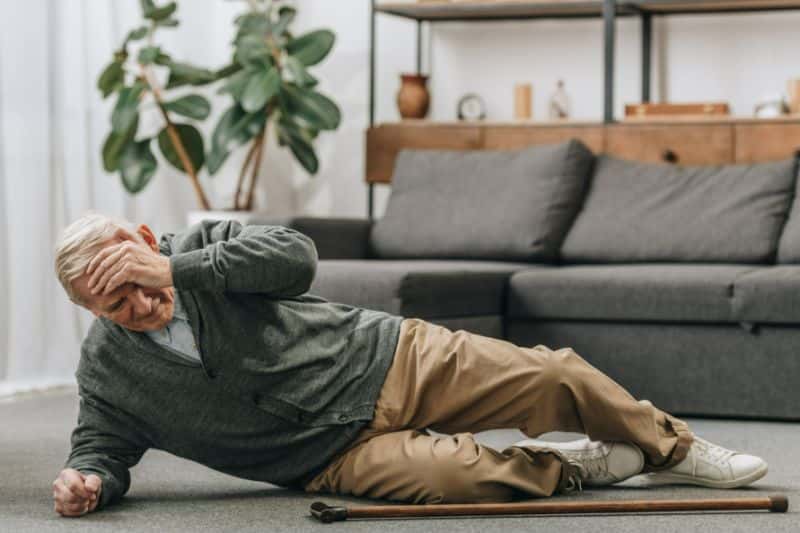
Falls are a terrifying reality for seniors, especially those that live on their own. The Center for Disease Control and Prevention, or CDC, states that more than 3 million adults from 65 and above are taken to emergency centers each year for injuries related to a fall.
Falls can cause serious and life-threatening injuries and permanently affect a senior’s independence and mobility.
Canadian fall detector systems use the latest technologies to detect a fall promptly. These systems consist of wearable devices and sensors that can differentiate normal movements from a slip or a fall.
These systems can detect sudden movements of the body or changes in body position. Using set parameters, the system will assess if it is potentially a fall.
When a fall is detected, an alert is automatically triggered and sent to the monitoring center for immediate response. Even if the user does not push the panic button, an emergency alert is sent to trained operators so that help can arrive at the soonest possible time.
These medical alert systems with fall detection act as a lifeline to vulnerable seniors and patients suffering from debilitating illnesses. They are assured of timely emergency assistance even when they are alone or unable to call for help.
Medical Alert Systems with Fall Detection: How do they work?
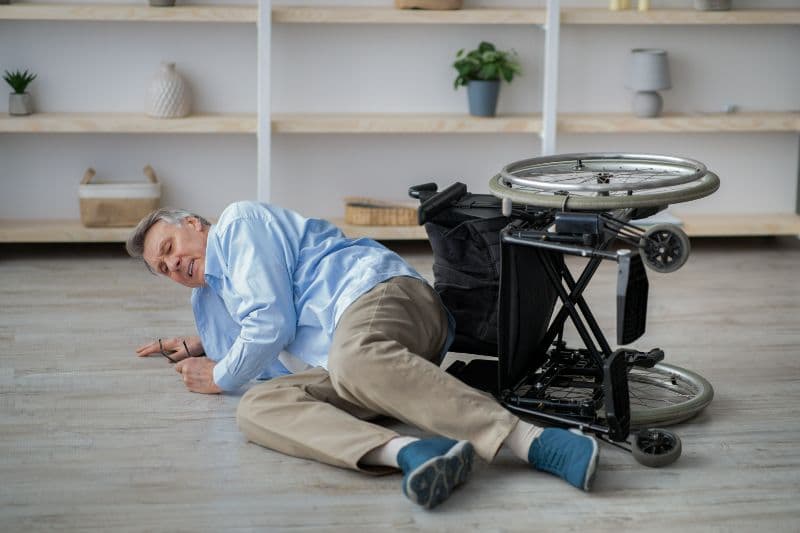
Medical alert systems with fall detection are also called fall detectors. There are two types – ambient devices and wearable devices.
Wearable Fall Detectors
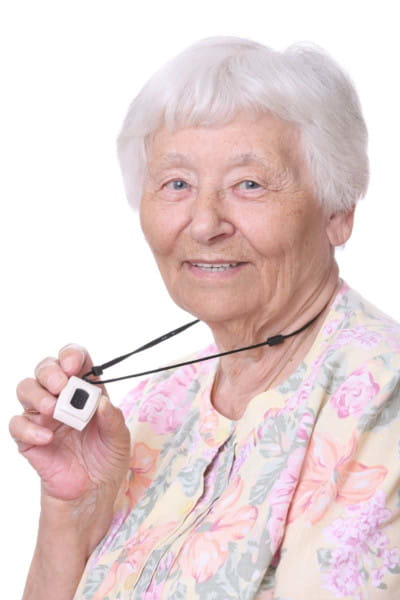
During a fall, an accelerometer sensor that is embedded in a pendant, belt, bracelet, or watch detects the speed of movement towards the ground.
Algorithms evaluate if it is, indeed, a fall. If it is a fall, a signal is sent to the monitoring center automatically. An operator will immediately try to contact the user with the built-in communication system with speaker on the device.
The user can confirm the situation and if assistance is necessary. The operator will send responders as needed. If the user says it is a false alert, no harm is done and the operator will simply disregard the alert.
If the operator cannot contact the user (either hurt or unconscious), emergency contacts will be notified. If the operator deems it a medical emergency, he can also dispatch an ambulance.
Of course, users can also report a fall or emergency by manually pushing the emergency call button on the device.
Ambient Devices
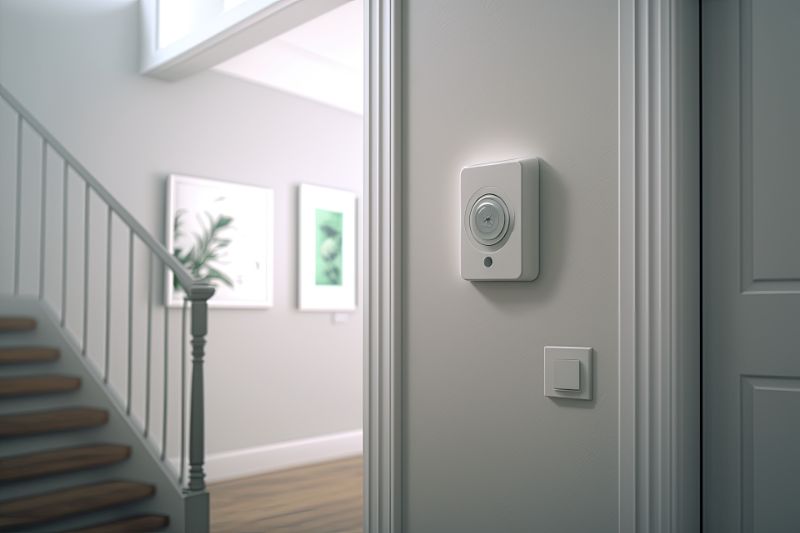
Ambient devices are video cameras and sensors placed in a strategic places in the home to track a senior’s movements.
If sensors detect a fall, the monitoring center will try to contact the user through the communication system with a speaker.
As in wearable devices, the user can confirm if he needs emergency assistance or not.
If the user fails to respond to the monitoring center, his emergency contacts are notified and emergency services are dispatched, if warranted.
The Different Types of Sensors for Fall Detection
As mentioned earlier, each medical alert system company use a different technology for fall detection. Some are more reliable than others.
Some fall detectors use additional sensors such as magnetometer, barometric pressure sensors, and gyroscope. These high-tech sensors reduces the possibility of false alarms and detect more falls with more data for detecting falls.
What are the limitations and accuracy of fall detectors?

Of course, no fall detector can boast 100% accuracy but most of these systems but they can detect at least 85% of falls accurately.
Research also shows that devices worn close to a person’s center of gravity such as pendants or necklaces have higher levels of accuracy.
The fact remains that a senior living alone who has fallen and lies on the floor unconscious or hurt for too long is at a higher-risk for serious injuries or even death.
Thus, a fall detection device is an extra level of protection for vulnerable seniors that can protect them during a critical emergency.
Pros and Cons of Fall Detection Devices
The personal preferences and lifestyle of a user can determine which fall detection system would be most suitable. Such systems have many benefits but they may also have drawbacks.
Let’s take a look at the pros and cons of wearable and ambient fall detection systems.
Wearable Fall Detectors (Bracelet, Watch, Pendant)
Advantages | Disadvantages |
Affordable | Less accurate when worn on the wrist |
Sleek and stylish designs | |
For indoor and outdoor use | Works only when the user wears it |
Can include GPS technology to locate a user in an emergency | |
Technology that is easy to understand for users | |
Can be part of a more comprehensive medical alert system |
Overall, most users prefer wearable fall detection systems because they are convenient and easy to use. Having such a protection device on your body is a big boost to self-confidence and a feeling of security.
Wearable Fall Detectors (Bracelet, Watch, Pendant)
| Advantages | Disadvantages |
| Highly-sensitive to falls | Loss of privacy due to video cameras in the home |
| More specific in terms of where a fall occurs | Some areas of the home may not be monitored (bathroom, bedroom, etc.) |
| More complicated to install | |
| Higher price compared to wearable systems |
Seniors can live their lives with more confidence, thanks to fall detection devices. Prices of the various medical alert system companies differ but they have a variety of models and packages you can choose from.
Fill out the form on this page to receive detailed offers from our partner medical alert companies to compare, free of charge!
Reasons to use a fall detection device for seniors
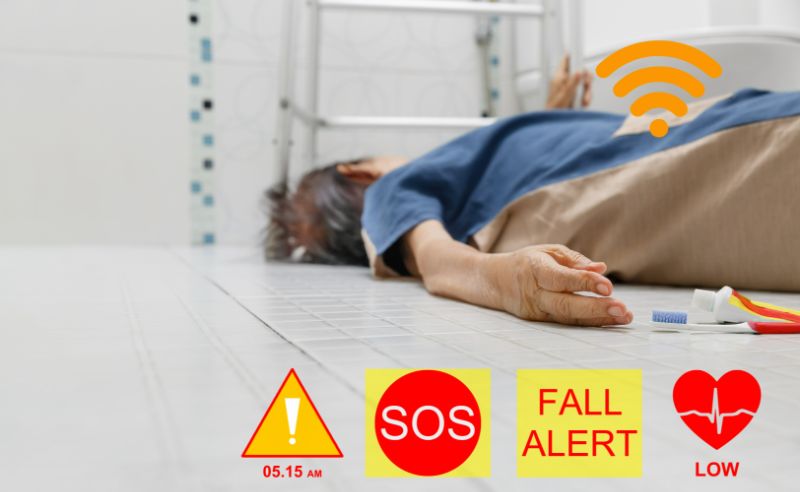
The majority of older adults are at a higher risk of falling. Some medical conditions also make the use of a fall detector necessary, regardless of age.
Some of the factors that increase a person’s risk of falling include:
- Inner ear disorders;
- Poor balance and gait;
- Foot and ankle disorders;
- Muscle weakness;
- Poor vision;
- Side-effects from prescription medications;
- Medical conditions such as diabetes, hypertension, stroke, Parkinson’s disease, etc.;
- A history of falls;
- Fear of falling;
- Some conditions in the home such as rugs, poor lighting, stairs, etc.
Using a medical alert system when one or more of these factors apply to you is the best step to ensuring your safety and maintaining your independence.
Would you like to know the price of medical alert systems and watches for adults?
Just fill out the short online form on this page to receive FREE and NO-OBLIGATION quotes from top medical alert system companies in Canada.
Essentials to consider when comparing fall detectors
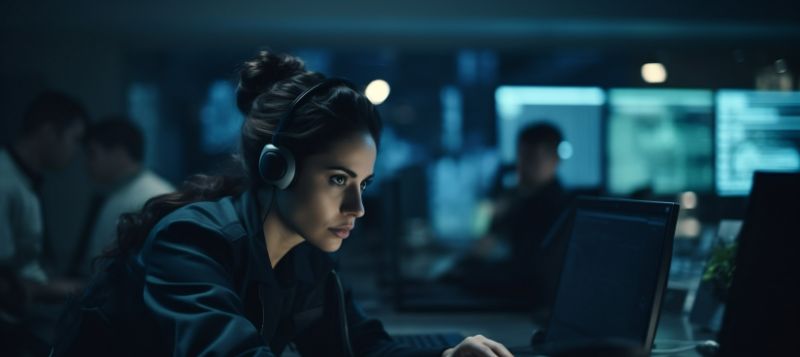
Choosing the right fall detection device requires research because of the wide variety of products. They all differ in terms of features, price, level of protection, and services.
We recommend that you consider the following when comparing fall detection devices.
- Is the system a fall detection device only or just part of a more comprehensive personal emergency system (PERS)?
- Is the system for indoor use or both indoor and outdoor?
- Is the fall detection technology highly-accurate or reported to be prone to false alerts?
- Is it connected to a landline or a wireless system?
- It is monitored or non-monitored?
- Who will respond when you press the emergency button?
- How much does the fall detection system cost upon purchase or monthly?
- How long is the contract? ( month-to-month, 1 year, or 2 years++)
- How long do the batteries last? Will it work during a power outage?
- What other features does the system offer?
Once you get the answers to these questions you can more easily choose the most suitable one for your needs.
How much do fall detection systems cost?
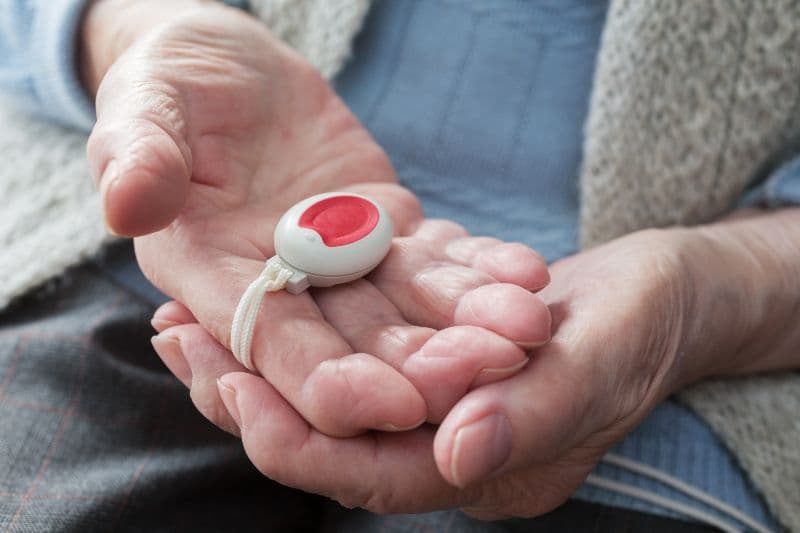
Medical alert systems are not all the same- they vary in terms of equipment, features, and monthly monitoring fees. The more sophisticated the system, the higher the price.
Insofar as fall detection systems are concerned, most companies offer their fall detection devices as a higher-end subscription to their basic model.
While standard medical alert systems can cost as little as $20 a month, the more advanced fall detection systems cost an average of $30 to $70 monthly. Generally, these companies charge an extra $10 for fall detection compared to their standard systems.
Keep in mind that medical alert companies and their technologies also vary in terms of quality and sophistication.
Compare multiple quotes to find the right system for your needs and budget.
You will feel more confident and sleep better at night knowing that help comes with just a push of a button.
Do you need a fall detection device?
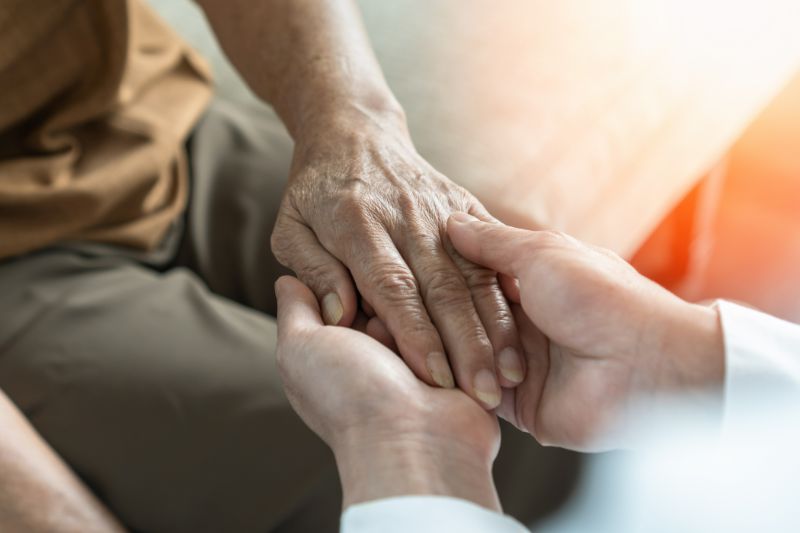
Whether you or your loved one (if you are buying for an aging relative) is in relatively good health, it is advisable to take the risk falling seriously.
If you have experienced a fall, even a trip or slip, you should consider getting a fall detection device. Perhaps, the fall was not really serious and you didn’t get too hurt this time, the next one could be more serious.
Elderly people, especially from the age of 60 onwards, who live alone or spend a large amount of time on their own need a reliable way of getting help in an emergency such as a fall.
Getting help as fast as possible after a fall is critical to saving lives and remaining independent as we age.
If you want to find the right fall detection system for you, a spouse, or a loved one, fill out the form below and compare the latest innovations of medical alert systems, free of charge!


